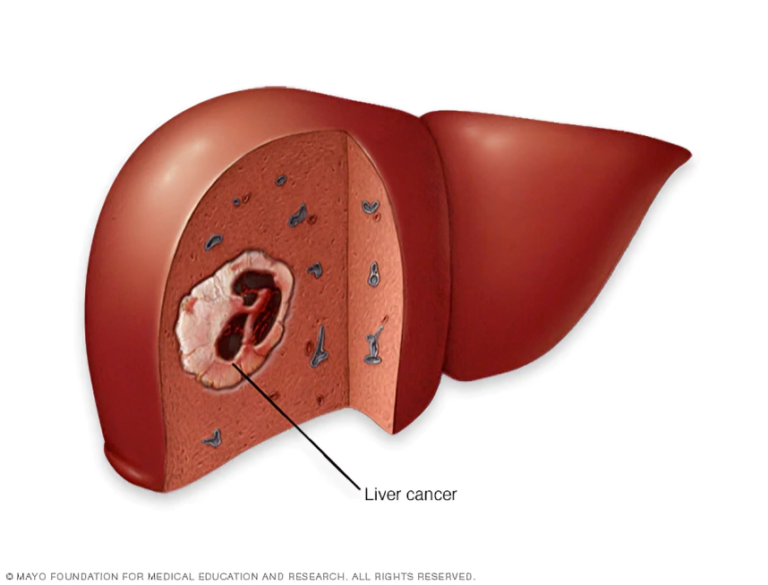Understanding the Process of MACS in Pitampura
MACS, or Minimal Access Cancer Surgery, is a breakthrough technique in cancer treatment that offers a less invasive alternative to traditional surgical methods. Understanding the process of MACS in Pitampura is essential for those seeking advanced cancer care options. It has rapidly gained popularity for its ability to reduce recovery times, minimize post-surgical complications, and enhance overall outcomes for cancer patients. For individuals in Pitampura and nearby regions, the availability of MACS at leading healthcare institutions like Cancros has revolutionized how cancer surgery is performed. In this blog, we’ll delve into what MACS is, its advantages, the procedure, and why it is becoming the preferred choice for cancer surgeries in Pitampura.
What is MACS?
Minimal Access Cancer Surgery (MACS) involves performing cancer surgery using smaller incisions compared to traditional open surgery. It is a specialized form of laparoscopic surgery tailored to treat cancer while ensuring minimal trauma to the patient. Surgeons use a combination of advanced imaging technologies and precision tools to operate through keyhole-sized incisions, ensuring high precision while minimizing the impact on surrounding healthy tissues.
MACS is used in the treatment of various types of cancers, including but not limited to:
- Colorectal cancer
- Ovarian cancer
- Gastrointestinal cancers
- Lung cancer
- Breast cancer
MACS is success largely depends on the surgeon’s expertise and the sophisticated tools used during the procedure. In Pitampura, the availability of highly skilled surgeons, advanced equipment, and a patient-centric approach at Cancros makes it one of the leading centers for MACS.
Key Advantages of MACS
The benefits of Minimal Access to Cancer Surgery are many, particularly when compared to traditional open surgery. Some of the key advantages include:
1. Reduced Recovery Time
Since MACS involves smaller incisions, there is less trauma to the body, allowing for quicker healing. Most patients experience shorter hospital stays and can return to their normal activities sooner than those who undergo traditional surgery.
2. Minimized Scarring
One of the major cosmetic benefits of MACS is that it leaves behind minimal scarring. The small incisions used during the surgery are much less visible compared to the larger cuts made in traditional surgeries.
3. Less Pain and Discomfort
Post-operative pain is significantly reduced in MACS as the incisions are smaller and the surrounding tissues are less affected. This means patients require fewer pain medications and experience overall greater comfort during recovery.
4. Lower Risk of Infection
The smaller incisions used in MACS reduce the exposure of internal organs to external contaminants, thereby lowering the risk of infections that can sometimes arise with open surgery.
5. Enhanced Precision
The use of high-definition cameras and other imaging tools allows surgeons to have a magnified view of the operating site, ensuring greater precision during surgery. This leads to more effective removal of cancerous tissues while preserving healthy tissues.
The Process of MACS
1. Initial Consultation and Diagnosis
The process begins with a thorough consultation with the oncologist. During this stage, the patient’s medical history, diagnosis, and the type and stage of cancer are discussed. Detailed diagnostic tests such as MRI, CT scans, or biopsies are conducted to determine the best course of action.
2. Pre-Surgery Preparation
Once MACS is chosen as the treatment method, patients undergo a pre-surgical evaluation. This may include blood tests, cardiac assessments, and imaging to ensure they are fit for surgery. The surgeon will also explain the procedure, the expected outcomes, and any potential risks.
3. The Surgical Procedure
The actual MACS procedure involves the following steps:
- Anesthesia: The patient is placed under general anesthesia to ensure they are comfortable and pain-free during the procedure.
- Incisions: Small incisions (usually between 5-10mm) are made in the patient’s body. Through these incisions, surgical tools and a camera are inserted. The camera provides a magnified, high-definition view of the internal organs, which is displayed on a monitor.
- Tissue Removal: Using precision tools, the surgeon removes the cancerous tissues while preserving as much healthy tissue as possible. The surgeon may also remove surrounding lymph nodes for further examination.
- Closure: After the tumor or cancerous tissue has been removed, the incisions are carefully closed with sutures or medical glue. Since the incisions are small, scarring is minimal.
4. Post-Surgery Care
Following the surgery, patients are monitored for a short period to ensure there are no complications. Pain management, wound care, and physical therapy (if needed) are part of the post-operative care process. Most patients can go home within a few days after the surgery and return to their normal activities within a few weeks.
Why Choose MACS in Pitampura?
With its growing reputation as a healthcare hub, Pitampura has become a focal point for cutting-edge cancer treatments. One of the reasons why patients opt for MACS in Pitampura, specifically at Cancros, is due to the combination of advanced surgical technology and the availability of experienced oncologists who specialize in minimally invasive cancer surgery.“Understanding the process of MACS in Pitampura, patients can appreciate the advanced care available at Cancros, which combines cutting-edge surgical technology with experienced oncologists for minimally invasive cancer surgery.”
Cancros is known for offering patient-focused care with state-of-the-art facilities that ensure the highest standards in cancer treatment. The center not only provides MACS but also focuses on holistic cancer care, offering a multi-disciplinary approach to treatment.
Experienced Oncologists
One of the significant factors influencing a successful MACS procedure is the expertise of the surgeon. The team at Cancros comprises skilled oncologists who have extensive experience in performing MACS for various types of cancers. Their specialized training allows them to offer tailored treatments with a high rate of success.
Advanced Technology
Cancros is equipped with the latest medical technologies, including 3D imaging, high-definition cameras, and robotic-assisted systems that make MACS even more precise. These tools are essential in ensuring that the surgery is minimally invasive while maintaining accuracy.
Comprehensive Patient Care
At Cancros, patients receive personalized care from diagnosis to post-operative recovery. The team works closely with patients to ensure that they understand every step of the procedure, helping alleviate concerns and prepare them mentally and physically for surgery.
Is MACS Right for You?
While MACS offers numerous benefits, it is not suitable for every cancer patient. Certain factors such as the stage of the cancer, the location of the tumor, and the patient’s overall health will influence whether MACS is the right treatment option. Consulting with an oncologist who specializes in minimally invasive cancer surgery is the best way to determine if MACS is suitable for your condition.
Conclusion
Minimal Access Cancer Surgery (MACS) is a revolutionary approach to cancer treatment that offers patients in Pitampura and beyond an opportunity to undergo surgery with fewer complications, faster recovery times, and better overall outcomes. Understanding the process of MACS in Pitampura is essential to recognizing its numerous benefits. The expert care provided by Cancros, along with cutting-edge technology, makes it a top choice for individuals seeking advanced cancer treatment. By understanding the process of MACS and its many benefits, patients can make informed decisions about their healthcare and approach cancer treatment with confidence.
For more deep information visit our website Cancros.com







